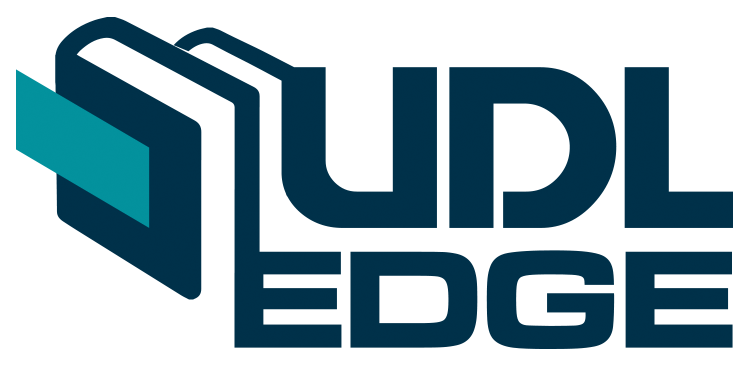Tamiḻ ilakkaṇac ciṟappukaḷ [Specialty in Tamil grammar]
தமிழ் இலக்கணச் சிறப்புகள்
Keywords:
Grammar, Tholkapiyam, Tinai, Interior in Love, External Life, Premarital Love, Marital Love, இலக்கணம், தொல்காப்பியம், திணை, அகம், புறம், களவு நெறி, கற்பு நெறிAbstract
This article explains the Specialty of the Tamil language. The Tamil language and literature has a long tradition. In that tradition Tholkapiyam is one of the masterpieces of the literary grammar of the Tamil language. It remains the treasury of knowledge of the Tamil people to this day. The complete grammar of all the texts available to us is the epic. This article trying to prove that grammar is archaic and profoundly semantic is to say that it only refers to archeology in a special sense in Tholkapiyam. Explanatory methodology was adopted for this study. ‘Tholkapiyam porulathikaram’ is of benefit to literary historians and critics alike, as it is not only a grammar text for ‘ezhuthu’ and ‘Sol’, but also a grammar book for literature related to Tamil life. This article explains that semantics with such multifaceted features is unique to Tamil.
[தமிழ் மொழி நீண்ட நெடிய பாரம்பரியத்தைக் கொண்டு விளங்குகின்றது. இலக்கிய இலக்கண வளம் நிறைந்த தமிழ்மொழியின் தலைசிறந்த இலக்கணமாகத் தொல்காப்பியம் திகழ்கின்றது. தமிழ் மக்களது பேரறிவின் கருவூலமாக இன்று வரை நின்று நிலவுகிறது. நமக்குக் கிடைத்துள்ள எல்லா நூல்களுக்கும் முற்பட்ட முழுமையான இலக்கண நூல் தொல்காப்பியமே ஆகும். இக்கட்டுரையின் மைய நோக்கமாக, தொன்மையினாலும், ஆழ்ந்த பொருளுடைமையாலும் இலக்கணம் என்று சொன்னாலே, அது தொல்காப்பியத்தை மட்டுமே சிறப்பு நிலையில் குறிக்கிறது என்பதை விளக்கி செல்கிறது. இவ்வாய்வு நூலாய்வு முறையில் மேற்கொள்ளப்பட்டு, விளக்கமுறை அணுகுமுறையை பின்பற்றியுள்ளது. எழுத்துக்கும் சொல்லுக்கும் மட்டுமே இலக்கணம் உரைப்பதோடு மட்டும் அல்லாமல், தமிழர் வாழ்க்கையை ஒட்டி அமைந்த இலக்கியத்திற்கும் இலக்கணம் கூறும் நூலாக இருப்பதால் தொல்காப்பியப் பொருளதிகாரம், இலக்கிய வரலாற்று அறிஞர்க்கும், திறனாய்வாளர்க்கும் ஒருங்கே பயனளிப்பதாக உள்ளது. இத்தகைய பன்முகச் சிறப்புகள் கொண்ட பொருளிலக்கணம் தமிழுக்கே உரிய தனிப்பெருமை என்பதை இக்கட்டுரை விளக்குகிறது.]
References
Devaneyapavanar, G. (1972). Tholkapiyam ezhuththathikaram [Tholkapiyam Orthography]. Chennai: Tenkizhakku Saiva Sidhthantha Noorpathippu Kazhagam.
Ganesaiyar. (2007). Tholkapiyam Porulathikaram [Tholkapiyam Subject]. Chennai: Ulaga Tamizh aaraichi niruvanam.
Kunrakudi Adikalar. (2005). Thirukural [Thirukural]. Thiruvannamalai: Thiruvannamalai Aadeenam publication.
Sivalinganar. (1994), Tholkapiyam Porulathikaram poruliyal uraivalam [Subject Matter of Tholkapiyam and Commentatory]. Chennai: The International Institute of Tamil Studies (IITS).
Vaiyapurippillai, S. (1920), Tamizh Perakarathi [Tamil Dictionary]. Chennai: Madras University Publication.
Thamburaj, K. P., & Ponniah, K. (2016). Hierarchical grammatical tagging for tinai (landscape) of cankam Tamil literature. Indian Journal of Science and Technology, 9(48).
Balasubramaniyan, K.V. (2008). Canga ilakkiya kolkaigal [Principles in Sanga Illakiyam] Madurai: Meenatchi Puththaga Nilayam.
Namasivaya Muthaliyar, K. (1943). Irayanar kalaviyal ennum Irayanar Agapporul [Iṟaiyaṉār kaḷaviyal eṉṉum iṟaiyaṉār akapporuḷ]. Chennai: C.N.R. & Sons.
Saminatha Aiyer, Uv.Ve. (1986). Cheevaga Sinthamani [Cīvaka cintāmaṇi]. Chennai: Uv.Ve.Sa. Book Publishers.
Saminatha Aiyer, Uv.Ve. (1921), Maṇimegalai [Maṇimēkalai]. Chennai: Uv.Ve.Sa. Book Publishers.
Thamburaj, K. P. (2021). A Process of Developing an ASR System for Malay and Tamil Languages. Design Engineering, 731-741.
CHARLES OWEN, (1993). Corpus-Based Grammar and the Heineken Effect: Lexico-grammatical Description for Language Learners1, Applied Linguistics, Volume 14, Issue 2, Pages 167–187, https://doi.org/10.1093/applin/14.2.167.
S. Vasantakumaran. (2020). Improve learning of peyareccam by using film technique [திரைப்பட உத்தியைப் பயன்படுத்தி மாணவர்களின் பெயரெச்சம் கற்றலை மேம்படுத்துதல்]. Muallim Journal of Social Sciences and Humanities, 4(1), 73-78. https://doi.org/10.33306/mjssh/57.
Ponniah, K., Sivanadhan, I., Kumar, M., Nadarajan, P., & Akhmetova, A. (2021). The Use of ICT in Thirukkural Teaching and Facilitation. Journal of Hunan University Natural Sciences, 48(6).
Cristina Sanz, Hui-Ju Lin, Beatriz Lado, Catherine A. Stafford, Harriet W. Bowden, One Size Fits All? Learning Conditions and Working Memory Capacity in Ab Initio Language Development, (2016), Applied Linguistics, Volume 37, Issue 5, Pages 669–692, https://doi.org/10.1093/applin/amu058.
Published
 Abstract Display: 181
Abstract Display: 181  PDF Downloads: 839
PDF Downloads: 839 













 This work is licensed under a
This work is licensed under a